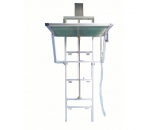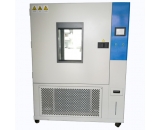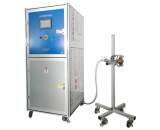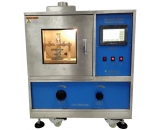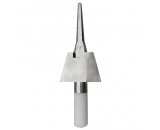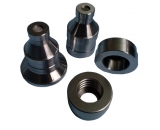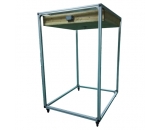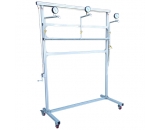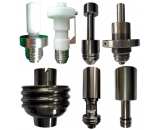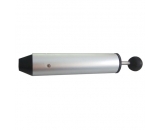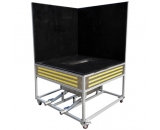|
|

楼主 |
发表于 2012-11-12 08:53
|
显示全部楼层
4.30.2 Toys other than magnetic/electrical experimental sets intended for children over 8 years6 H; A& o( b! L4 h$ k5 \0 [
a) Any loose as received magnet(s) and magnetic component(s) shall either have a magnetic flux index less
5 ?6 y# O7 ~- l. s& ?' f& f' Q, Fthan 50 kG2mm2 (0,5 T2mm2) when tested in accordance with 5.32 (magnetic flux index), or shall not fit
7 ?! Q9 T# y6 Q' M7 _* f% p2 `* [' Qentirely in the cylinder when tested in accordance with 5.2 (small parts test)., f& u4 o) ?/ }- _- S. q
b) Wooden toys, toys intended to be used in water and mouth pieces of mouth-actuated toys with magnets
- q) e% h' M: @# ?; t! y$ l+ }* eor magnetic components shall be tested in in accordance with 5.35 (soaking test for magnets) before
) B% A" p v' g0 Obeing tested in accordance with 4.30.2 c) below.
( q% d! g* x! j! p9 x) kc) The following tests shall be carried out in the prescribed order on all unique magnetic component(s). The/ E1 P' u- X& }& a# b+ T: m
components used for this testing shall not have been previously subjected to normal use and reasonably
+ z C/ ]6 F- L! G' |: Tforeseeable abuse tests. Any magnet(s) and magnetic component(s) that become liberated from a toy, or# U5 M! \4 x# b4 x
from a loose as received magnetic component shall either – when tested according to the tests listed& k: l" e% U; {5 o% E2 Y' ?: {! U" M
below - have a magnetic flux index less than 50 kG2mm2 (0,5 T2mm2) when tested in accordance with
- _3 [4 P! r9 |. n5.32 (magnetic flux index), or shall not fit entirely in the cylinder when tested according to 5.2 (small parts
0 H& G6 A/ J8 }test).
]" \5 `1 I1 c) S, t⎯ 5.33 (cycling)
t( L5 ~& @, m6 F0 p⎯ 5.24.2 (drop test) or if applicable, 5.24.3 (tip over test for large and bulky toys)* W7 o; M q n# f3 k& U
⎯ 5.24.5 (torque test)
4 p3 J: u" ?6 @/ d: r⎯ 5.24.6.1 (tension test, general procedure)
9 L0 O/ k* W4 C5 Y e9 e⎯ 5.24.6.2 (tension test for seams in soft-filled (stuffed) toys and beanbag-type toys), if applicable" K6 n" v3 L Q0 e7 O2 U9 n
⎯ 5.34 (impact test for magnets)8 X7 U: }9 Z% F
⎯ 5.24.7 (compression test), for magnets that are accessible but cannot be grasped (as specified in
" Y/ T; a) U- p7 x$ H$ _4 d5.24.6.1 (general procedure)! l5 V' @* V9 Q. y9 y) S
⎯ 5.31 (tension test for magnets))
) _ h# ]* j/ |. dNOTES
( x+ x, M/ C/ h4 f( s1 Examples of unique magnetic components are rods of different sizes or shapes containing magnets.; }4 w1 C* c) ^6 O1 Z3 s
2 If the toy contains one magnet, the component holding the magnet is considered to be a unique component.8 V7 ?3 G8 A6 L5 `
3 An example of a magnet that is accessible but cannot be grasped is a magnet that is recessed.) A) E9 x3 b2 \* z' E* f
These requirements do not apply to functional magnets in electrical or electronic components of toys- c+ J+ B& w0 t! `: {5 ^
5 Test methods0 w, \0 b, { O; Z
Replace the second paragraph of clause 5.14 (impact test for toys that cover the face) with the following:$ t! F" _ }. M5 D
Drop a steel ball of diameter (16 ± 0,15) mm and mass of (16,9 ± 0,7) g from a height of (130 ± 0,5) cm onto
5 V& t; E3 k) o8 S1 t+ L1 vthe horizontal upper surface of the toy in the area that would cover the eyes in normal use.4 b5 U1 M* R8 z
Add the following new note to clause 5.24.1 (reasonably foreseeable abuse tests, general); p* @, g5 o5 D! |% d: M
NOTE: The tests according to clause 4.30.2 are carried out in the order specified in the clause, on a toy or P, Z% Y. A6 k
part of a toy that has not been previously tested according to this clause.
: {+ M6 H; l' q6 E+ YAdd the following test methods:+ A1 f, E+ e: \6 _/ k% E N0 ~7 N: G. r
--`,`,``,,`,```,```,,````,,`,,`-`-`,,`,,`,`,,`--- |
|



 窥视卡
窥视卡 雷达卡
雷达卡 发表于 2012-11-3 09:11
发表于 2012-11-3 09:11
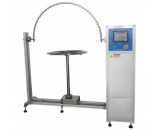

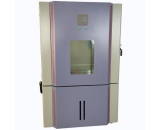
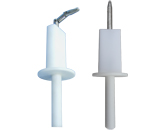
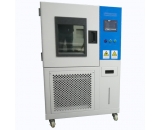
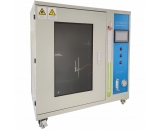
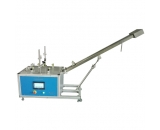
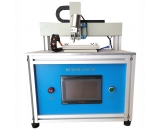
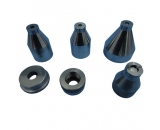
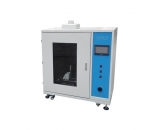
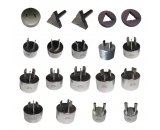
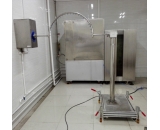
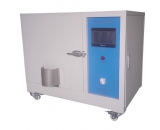
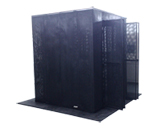
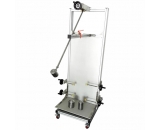
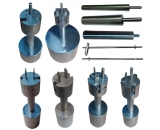
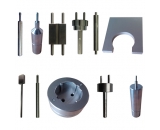
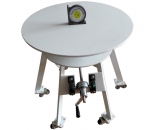
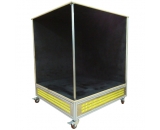
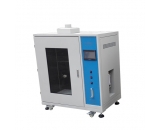
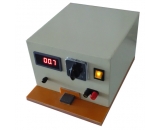
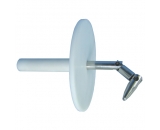
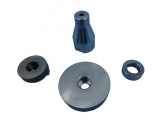
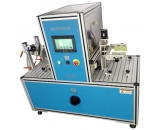
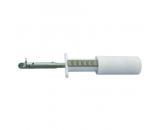
 提升卡
提升卡 置顶卡
置顶卡 沉默卡
沉默卡 喧嚣卡
喧嚣卡 变色卡
变色卡 抢沙发
抢沙发 千斤顶
千斤顶 显身卡
显身卡 楼主
楼主


